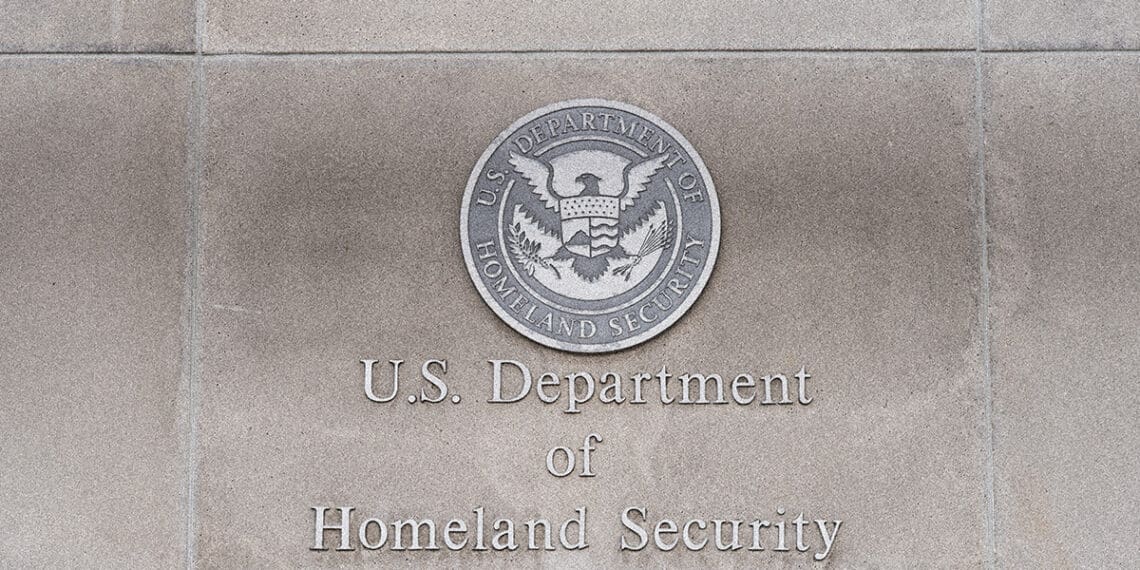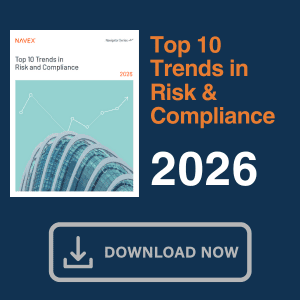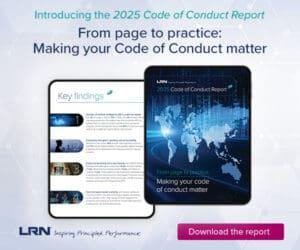When security incidents strike, the difference between a quick fix and a lasting solution often comes down to asking the right questions. Systems engineer Veeraprakash Vadamalai reveals how the “5 Whys” approach helps teams drill down to root causes, transforming reactive incident response into proactive risk prevention.
In 2025’s complex technological landscape, the “5 Whys” technique has emerged as an invaluable tool for incident management and system reliability. This systematic approach to root-cause analysis helps organizations move beyond surface-level problem-solving to address fundamental issues that could lead to future incidents.
In this technique, teams repeatedly ask “why” to drill down to the root cause of an incident. While the number five isn’t strict, it represents the typical depth needed to reach the underlying cause. Each answer forms the basis for the next question, creating a chain of causality that often reveals surprising connections.
When implementing the 5 Whys in today’s distributed systems, teams typically start with the visible incident and work backward.
For example:
- Why did the service fail? Because the database connection pool was exhausted.
- Why was the connection pool exhausted? Because too many concurrent requests were maintaining open connections.
- Why were there too many open connections? Because the connection release logic wasn’t executing properly.
- Why wasn’t the release logic executing? Because error handling in the middleware didn’t account for timeout scenarios.
- Why wasn’t timeout handling implemented? Because the team lacked a comprehensive timeout management strategy.
Organizations can combine the 5 Whys with advanced monitoring and observability tools that provide valuable data to support each why with concrete evidence. This integration helps teams validate their assumptions and ensure the accuracy of their root-cause analysis.
This technique is particularly valuable because it often reveals non-technical root causes. What might start as an apparent technical failure could lead to discoveries about process gaps, training needs or communication issues. This comprehensive view helps organizations build more resilient systems and teams.
Federal Cyber Safety Review Board Sacked
DHS panel had recently released scathing Microsoft report & was studying Salt Typhoon hacker group
Read moreDetailsBest practices for implementation
- Document everything: Maintain detailed records of each analysis, including the chain of questioning and supporting evidence.
- Involve cross-functional teams: Include perspectives from development, operations and business stakeholders to ensure comprehensive analysis.
- Focus on systems, not people: Frame questions to examine process and system failures rather than assigning individual blame.
- Validate assumptions: Use monitoring data and logs to verify each conclusion in the chain of questioning.
Insights gained through the 5 Whys directly inform proactive resilience strategies. Organizations use these findings to enhance their monitoring systems, update automated recovery procedures and improve chaos engineering scenarios. The technique helps identify potential failure points before they cause actual incidents.
Measuring the success of the 5 Whys technique requires tracking multiple key performance indicators that collectively paint a picture of effectiveness. Organizations should monitor the reduction in incident recurrence, as this directly demonstrates whether root causes are being properly identified and addressed. The improvement in mean time to recover (MTTR) indicates enhanced team preparedness and the effectiveness of implemented solutions. Teams should also evaluate the quality and completeness of their root-cause analysis reports, ensuring they provide comprehensive insights and actionable recommendations.
Finally, tracking the implementation rate of preventive measures reveals how well the organization translates insights into concrete system improvements. Together, these metrics provide tangible evidence of the technique’s impact on system reliability and team performance, while highlighting areas where the process might need refinement.
By implementing the 5 Whys technique, companies can help foster a culture of continuous improvement. Teams become more proactive in identifying potential issues and more thorough in their problem-solving approach. This cultural shift supports the broader goal of building system resilience.
As systems continue to grow in complexity, the 5 Whys technique remains relevant by adapting to new challenges. Organizations are incorporating machine learning to suggest potential lines of questioning and correlate similar incidents. This evolution ensures the technique continues to provide value in an increasingly automated world.
The 5 Whys technique, while simple in concept, provides a powerful framework for understanding and preventing system failures. By combining this traditional approach with modern tools and practices, organizations can build more reliable systems and more capable teams. As we progress through 2025, this systematic approach to root cause analysis remains a crucial element in the broader strategy of proactive system resilience.




 With over 14 years of experience in the tech industry, Veeraprakash Vadamalai is a site reliability engineer specializing in the design, optimization and operation of large-scale, mission-critical systems. Throughout his career, he has played a pivotal role in ensuring the reliability, performance and scalability of global infrastructure, with a strong focus on system automation, disaster recovery and fleet modernization.
With over 14 years of experience in the tech industry, Veeraprakash Vadamalai is a site reliability engineer specializing in the design, optimization and operation of large-scale, mission-critical systems. Throughout his career, he has played a pivotal role in ensuring the reliability, performance and scalability of global infrastructure, with a strong focus on system automation, disaster recovery and fleet modernization. 






